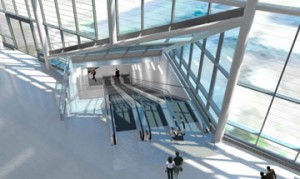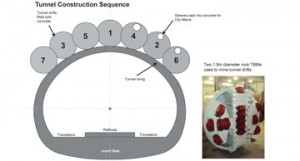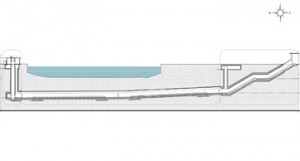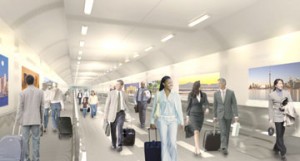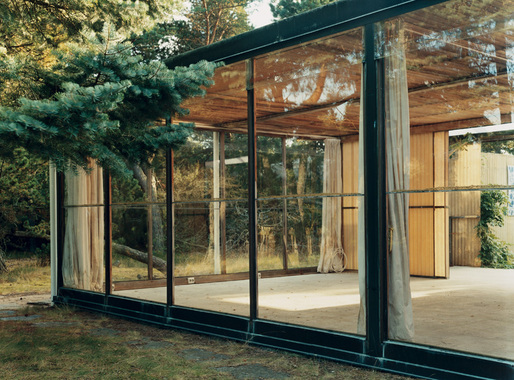Due to the close proximity and ease of access to the city, Billy Bishop Toronto City Airport has become a key player in the regional travel market. For this reason, there have been many suggestions over the years as to what can be done to expand the airport, many of which have been declined by the Toronto Port Authority. Ultimately, the TPA has complete jurisdiction over the western quarter of the Toronto islands, where Billy Bishop operates. Since the signing of the tripartite agreement in 1983, there has been very little room for change because the clauses are strict as to what can and cannot be done.
The last amendment to the tripartite agreement was in 2003, when Billy Bishop was given permission to build an underground pedestrian walk-way. While, a decade later, the project is still underway — the expected date of completion is summer/spring 2014 — Porter Airlines wishes to make yet another change to the contract, requesting a runway extension of 168-meters to accommodate a new fleet of jets. As of now, jets are not actually allowed on the islands, and yet Porter Airlines has made an order for 12 jetplanes to arrive at Billy Bishop. Discussions are being made for additional 18.
While arrangements are made with the TPA to determine whether or not these requests will pass, it seems as if the pedestrian walk-way has finally reached the other side of the channel. At 40-meters deep and 240-meters in distance, the $82.5-million project is beginning to show promise for regular Billy Bishop commuters.
Billy Bishop Airport’s Underground Pedestrian Walkway
Who’s Involved?
Although there is currently a ferry that runs to and from the Toronto islands, the introduction of a pedestrian walkway has been approved. This project has not been assigned to one particular architecture firm; rather, this has been a collaborative effort up until this point. ZAS architectural team has been placed in-charge of designing the tunnel, Arup controls the engineering aspect of the development, and Technicore, the tunnel contractor, has been responsible for demolishing roughly 12-meters of rock a day. Technicore’s TBM’s have been used to create an arch of 7 mini-tunnels, acting as a overhang for the main tunnel.
To finance this project, Billy Bishop has been charging an “airport improvement” fee of $20 per passenger to cover construction costs. However, spending $82.5-million in the first place raised concern: people were unsure, and still are unsure, if this is necessary. Take, for example, a study conducted at CBC news that claims the tunnel will only save commuters 4 minutes. The logic behind this calculation is that it takes 5-minutes to pass through security check-in for the pedestrian walkway and 9-minutes up above at the Ferry. Taking things further, the Ferry only comes every 15-minutes, which could add even more delays for commuters. Similarly, the tunnel is 6-stories underground and time spent moving up and down elevators may equate to a similar lag.
Some councillors have remained sceptical that commuters will chose the pedestrian walkway for a 4 minute convenience. With this said, even if some of the traffic heading to Billy Bishop choose the underground, congestion at both check-in locations will be lowered and the flow of traffic will improve. But, the introduction of jetplanes may indicate expansion, which will also increase traffic. Perhaps this is why the pedestrian walkway is a necessity moving forward.
Thank you to Toronto Port Authority for all images used in this article.
 Torontonian Online Running in the fast lane! Real estate and more…
Torontonian Online Running in the fast lane! Real estate and more…




